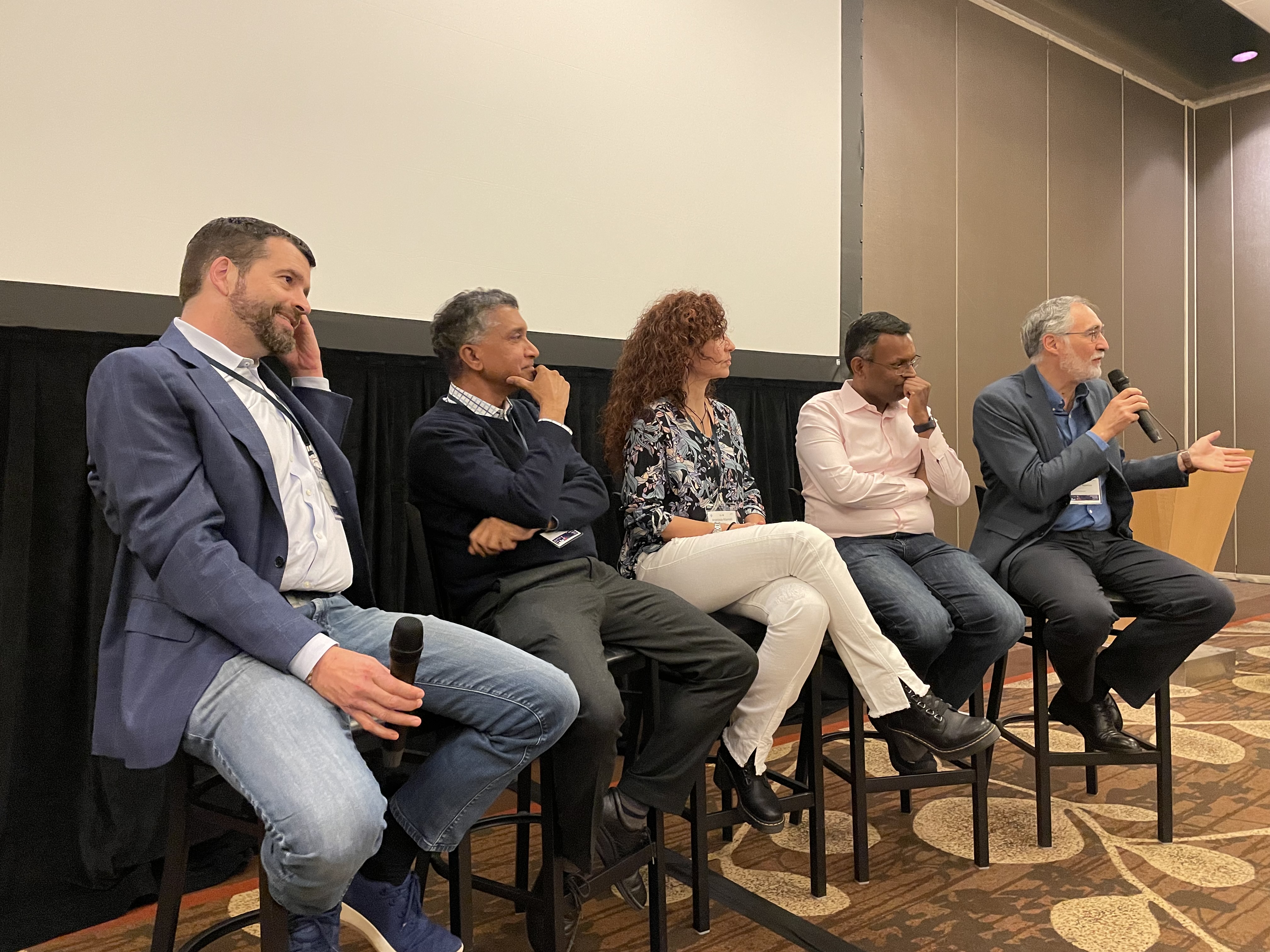My Advice To My Graduate Students
My advice to you has 4 parts: Publish or perish, Work hard, Understand the philosophy of research, and Manage your time well. (A nice complement to this post is my advice to my undergraduate students .) PUBLISH OR PERISH Be goal-oriented Always know the criteria needed for the next step, and focus on addressing these criteria. Your next step after PhD is, ideally, to get a faculty job. And this requires you to have both good quality and quantity of publications. Aim to have 10 publications, half of them at top conferences. So publish or perish. 4.0 GPA is not your goal. Taking a lot of classes is not your goal. Get your first paper out very fast This will give you the confidence to write other papers. This will teach you that research is not an exotic thing that only professors do. This will shave off couple of years from your PhD. Your first paper does not need to be very good. Get it out fast. Write well, write a lot, revise a lot Writing clearly and communica







